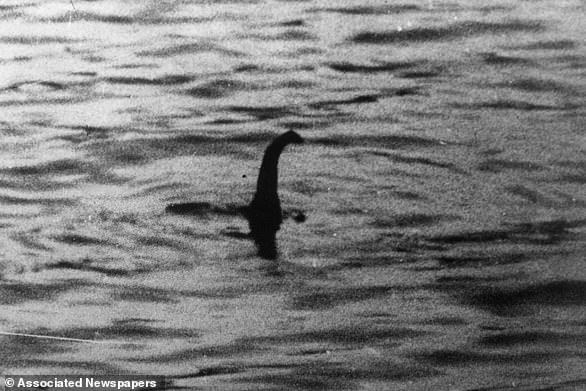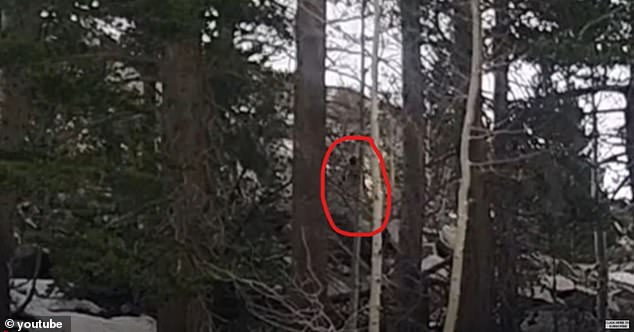
Loch Ness Hunter Stunned by Filmed Sighting of Nessie’s Head Emerging and Vanishing
The Mystery of the Loch Ness Monster: Sightings and Theories
For decades, the waters of Scotland’s Loch Ness have sparked rumors of a lurking creature dubbed “Nessie.” Despite numerous claims, conclusive evidence remains elusive.
Key Sightings Through History
The modern legend began on May 2, 1933, when the Inverness Courier reported a local couple’s encounter with “an enormous animal rolling and plunging on the surface.” This sparked a wave of “Nessie fever,” culminating in the most famous image: the 1934 “surgeon’s photograph” by Colonel Robert Kenneth Wilson. Depicting a serpent-like head and neck, it was later exposed as a hoax using a toy submarine.

Other notable sightings include Hugh Gray’s 1933 blurry photo of a “large sea creature” and James Gray’s 2001 snapshot of a mysterious hump while fishing. The earliest account dates back to AD 565, when St. Columba allegedly confronted a beast in the River Ness.
The Search for Answers
Over 1,000 sightings are logged in the Official Loch Ness Monster Sightings Register. Skeptics and enthusiasts alike have proposed theories:
- Misidentified Wildlife: Giant sturgeon or Wels catfish—massive, prehistoric-looking fish—could explain reports of “reptilian” ridges. Self-proclaimed “Nessie expert” Steve Feltham argues the creature is likely a catfish, non-native to the loch.
- Surviving Dinosaur: Some suggest Nessie is a plesiosaur, despite the species dying out millions of years ago.
- Natural Phenomena: Rotting Scottish pine logs submerged in the loch may trap methane bubbles. When released, they could propel debris upward, creating the illusion of a rising creature.

Why the Legend Endures
The Loch Ness Monster thrives on mystery. Eyewitness accounts, though often debunked, keep curiosity alive. As technology advances—from sonar to DNA sampling—the hope of solving the enigma persists. Until then, Nessie remains a captivating blend of myth, misidentification, and the human love for a good story.
Whether a case of mistaken identity or an elaborate hoax, the legend of Loch Ness continues to enchant, reminding us that some mysteries are more thrilling left unsolved.


